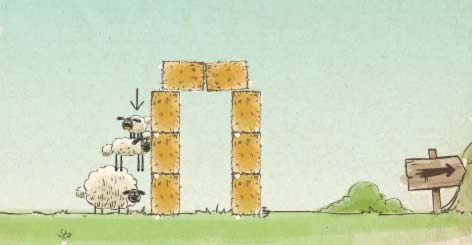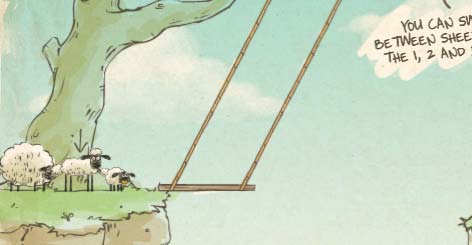Not so long ago, video games inspired by films or TV shows had a very bad reputation. They were usually just shameless attempts to cash in on the brand, rarely offering interesting game play or cutting edge graphics. Most seasoned game players didn't even consider buying them. That, however, was before the release of Ghostbusters: The Video Game and Batman: Arkham Asylum in 2009.
These two games have transformed our expectations of brand-based games. Both of them are really quite good and are worth playing even if you have no interest in Ghostbusters or Batman. Hence why Ghostbusters: The Video Game scored a very respectable 79% on game-review mash-up site metacritc. Batman: Arkham Asylum did even better. As of today, it is rated as one of the top 20 xBox 360 games of all time, with an average rating of 92%, putting it above classics such as Mass Effect 1 and Rock Band.
But it is not just in the console market where quality brand-based games are becoming ever more common. They are also increasingly appearing in the casual games market, as brands seek to take advantage of the growing popularity of online games. One of the best examples of a brilliant brand-based casual game is Home Sheep Home.
The game might have been developed as a promotional aid for the Shaun the Sheep animated TV show (broadcast each week on the Disney Channel) but that has not prevented it from being a fully-fledged game worthy of attention in its own right. In my opinion, it is one of the most artistically beautiful and fun-to-play physics-style games on the web. Certainly, we would have included the game in Casual Girl Gamer's Top 30 Online Physics Games if it had been around when we were compiling the list.
Home Sheep Home puts you in charge of three sheep: Shirley, Shaun and Timmy. Your task is to guide them home through a series of different levels. Each level is a mini-puzzle in which you need to lead all three sheep to the signpost to progress to the next level. This is not easy for two reasons. Firstly, there are variety of obstacles between the sheep and the signpost. Secondly, the sheep all have different abilities. So while it might be easy to get Shirley and Shaun to leap over a gap (because they are strong adult sheep) Timmy (who is still just a lamb) would not be able to make it.
You have to get the three sheep to work together to successfully overcome all the obstacles and reach the signpost. For example, you might use Shirley (who is a very fat and strong sheep) to push aside some heavy blocks, allowing Timmy (who is tiny) to jump on Shaun's back and squeeze through a tiny passageway in a building to reach a lever that lowers a gate, allowing the other sheep to make it through the building and reach the signpost.
This collaborative style of play reminds me of that great adventure game from the 1980s - Head over Heels. But whereas Head over Heels had only a basic isometric game engine, Home Sheep Home is blessed with a full physics engine. One great benefit of this is that there is potentially more than one way for you to get the three sheep to solve each level, making for plenty of replay value.
As fun and innovative as the game play is, it is arguably not the game's greatest asset. That accolade must go to the game's inspired graphics and animation. The game features some of the best hand-drawn style of graphics I have seen in a casual game. And the three sheep are clearly the work of a great game artist. Each has been imbued with a unique personality.
If I had one criticism of Home Sheep Home, it is that it is a tad on the short side, with only 15 levels. But then that is a criticism that could be leveled against all good games, because you never want them to end. Play Home Sheep Home here.



Add comment
-
-
-
SubmitPublished by Katie McQuin on 7th April 2010